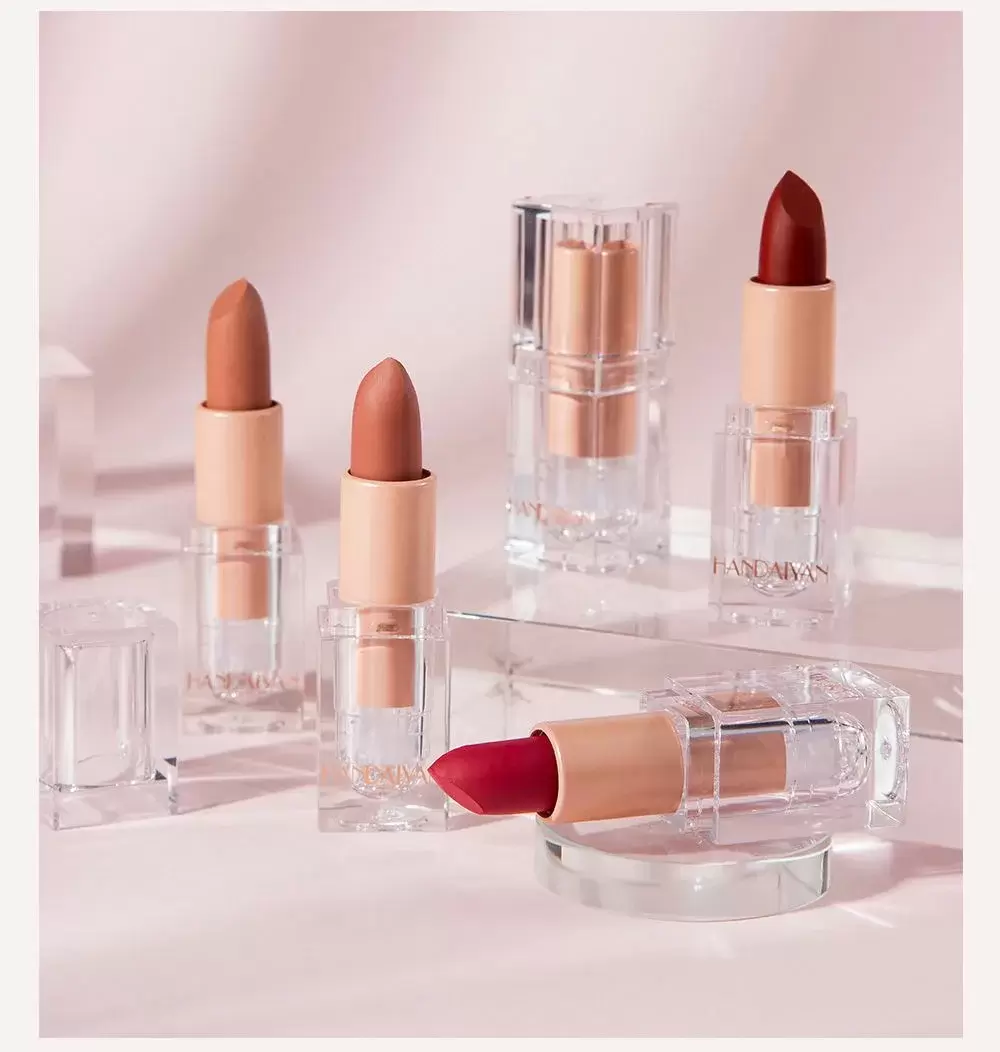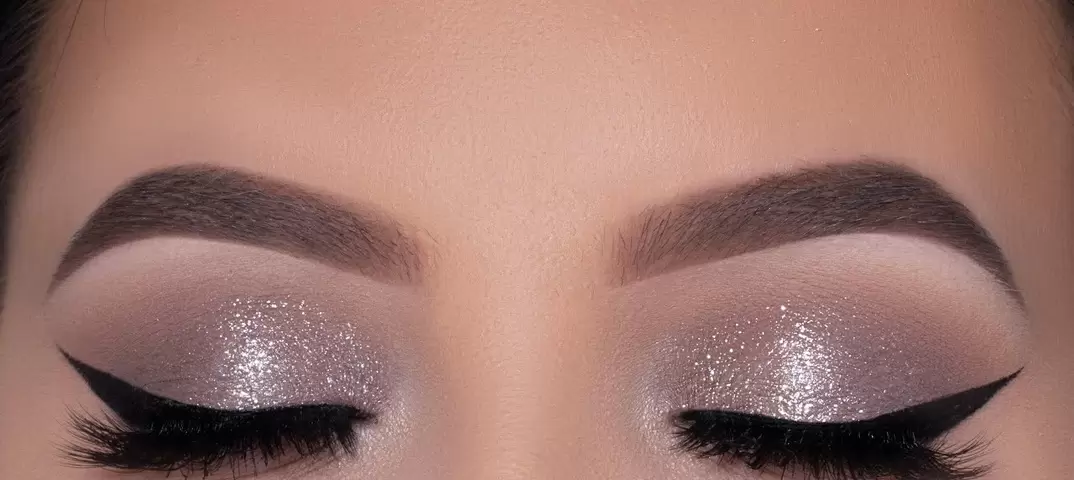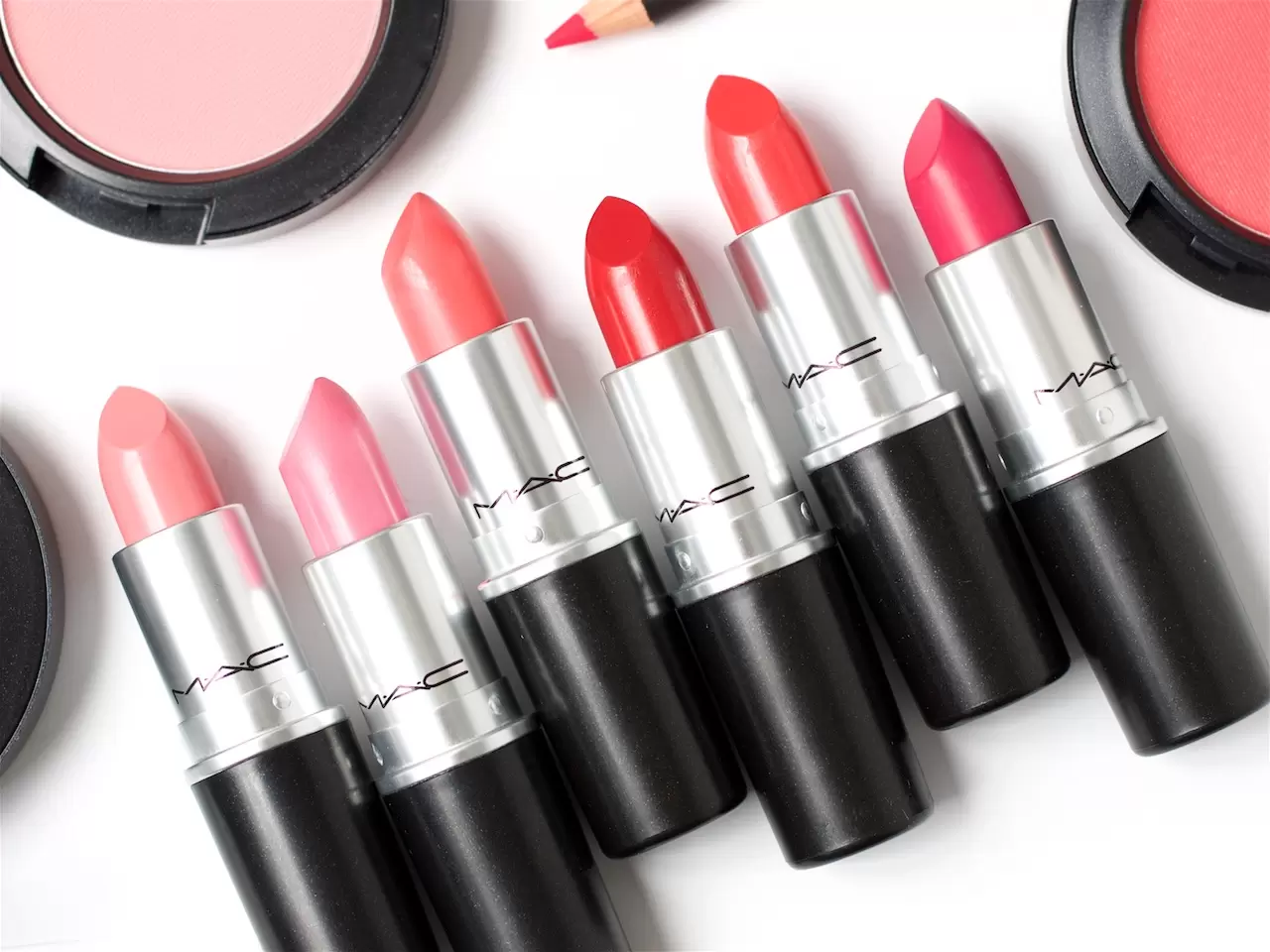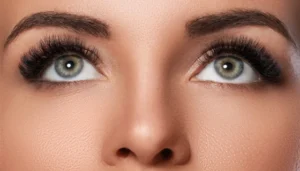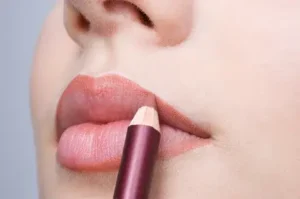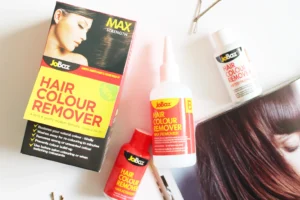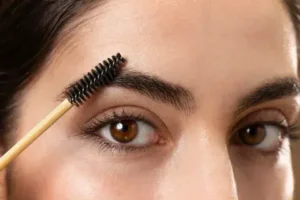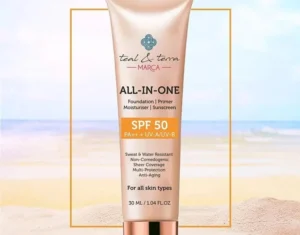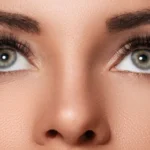Let’s explore lipstick’s attributes, history and place within the larger cosmetics category.
Defining Makeup
To understand lipstick, we must first clarify what constitutes makeup. Broadly, makeup refers to any beautifying products applied to the face, hair, body or nails with intent to augment natural features. Common makeup categories include:
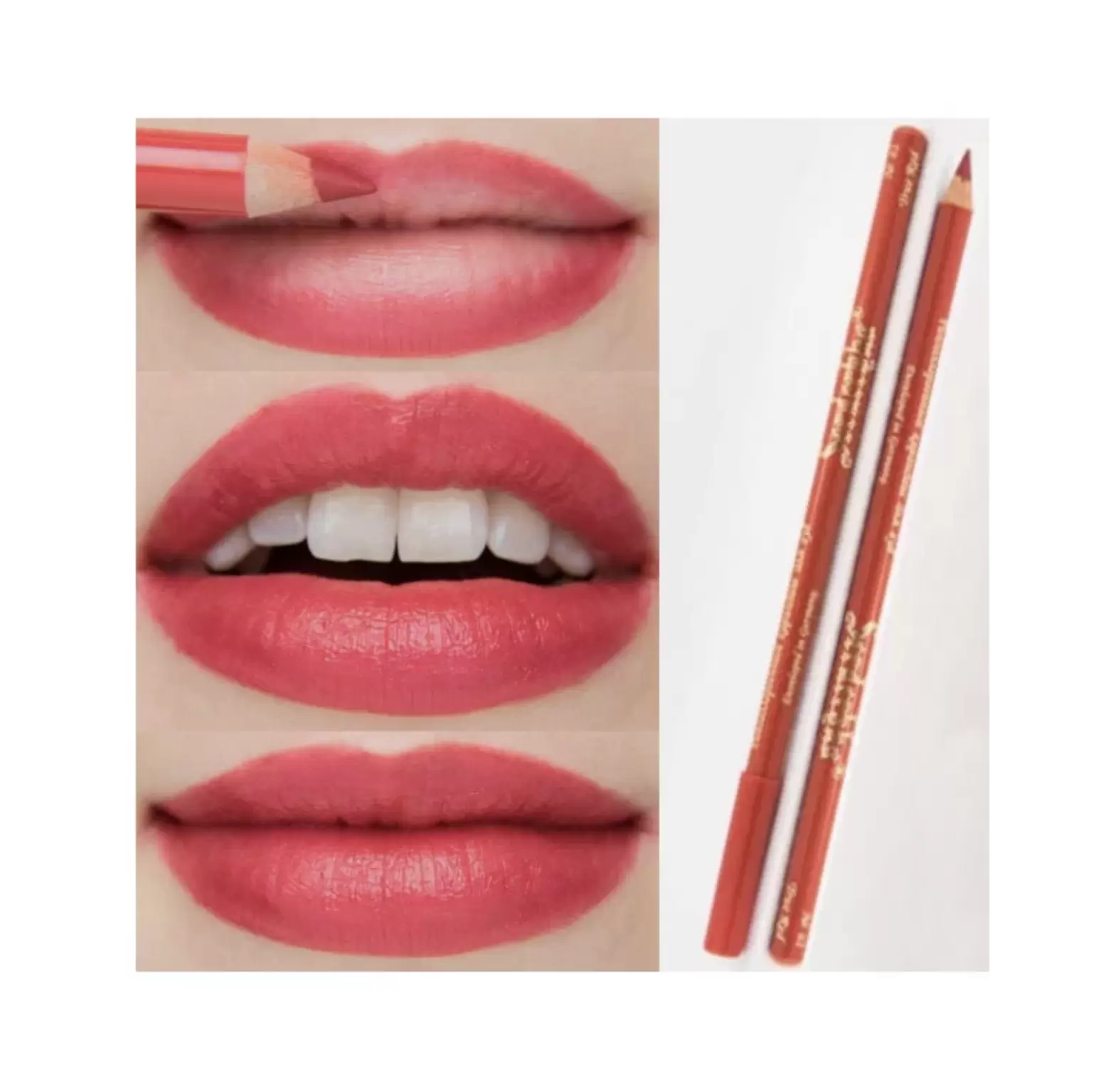
Eye makeup describes and emphasizes eyes the usage of eyebrow pencils powders, eyeliners, shadows, and mascaras. Applying pigments frames and draws attention to eyes.
Lip makeup colors and textures lips. Main products in this group include lipsticks, glosses, and stains.
Nail makeup polishes, strengthens, and decorates nails. Main products are nail polishes, strengthens, treatments and artificial nail enhancers.
Notably, all traditional makeup shares the goal of physically altering one’s appearance through added pigments or coatings rather than solely moisturizing.
But where does lipstick fit within these definitions? Its history provides context.
A Brief History of Lipstick
Ancient peoples first documented using plants and insects to colored lips as early as 6000 BC. Reds made from crushed bugs and berries drew the eye.
In 19th century Europe, makeup grew fashionable amongst aristocracy.
Companies experimented with balms and waxes stained with vegetable dyes and minerals in sticks or pots for portable application.
By the early 20th century, lipstick boomed in popularity alongside rising feminist ideals.
Advertisements promised modernity, allure and confidence through colored lips. Famous actresses and models endorsed signature shades.
During World War II, makeup flourished as patriotic morale boosters. Soldiers’ wives applied red lips for nights out to symbolize resilient women “keeping up appearances” on the home front.
Post war, the 1950s brought lipstick into the mainstream. Advertisements sold fantasy lifestyles through makeup, and teenagers appropriated adults’ products to rebel. Lipstick had gone mainstream.
Today the $9 billion global lipstick industry produces billions of units yearly in infinite shades from matte to 3D printed.
Formulas nourish while enhancing natural lip pigments.
This brief tour through key eras reveals lipstick rising from delicacy to social driver and, now, self care staple.
But does its modern role as mood setter alter its origins as cosmetic?
Lipstick’s Attributes: Makeup or More?
Most accept lipstick as makeup due to physically altering appearance. But some factors complicate simple classification:
Moisturizes: Many formulas hydrate with shea butter and oils alongside color pigments. This softens lips’ texture versus strictly painting them.
Customizes routinely: Beyond special occasions, lipstick integrates into daily life seamlessly, with portable packaging allowing on the go touch ups. It fits modern lifestyles.
Expresses identity: Pairing specific shades to outfits, hobbies or occasions permits creative self expression. Shades signal confidence, romance or rebelliousness.
Soothes mentally: Selecting lipsticks connects to moods; bright lift spirits on dreary days just as nudes relax. The ritual itself relieves stress.
While cosmetically modifying lip color, lipstick clearly provides skin care, customized enhancement options and mental benefits beyond makeup norms. Is a new category needed?
A Hybrid Product category of Lipstick
Perhaps lipstick’s dual utility justifies a hybrid label between makeup and beauty style accessory.
After all, no single definition can encompass such a multifaceted staple.
Specifically, lipstick:
- Cosmetically alters natural lip tone through pigments (Makeup)
- Provides portable moisture and customized enhancement (Beauty product)
- Signals mood, creativity and self identity (Accessory)
Lipstick checks boxes for makeup through its colored pigments while caring for lips like a lip balm.
And the personality it allows wearers distinguishes it from other color cosmetics.
A more accurate classification acknowledges these nuances: Lipstick simultaneously functions as a makeup product through its beautifying color function alongside a beauty style hybrid through customization and self expression roots.
Its hybrid label respects lipstick’s multifaceted history serving practical beauty needs while fulfilling creative, emotional and cultural roles beyond basic adornment. No box limits such a versatile staple.
Is lip balm the same? While both moisturize lips, lip balms soothe without pigment whereas lipstick’s primary role centers on color addition.
What are lipstick types? Formats include bullets, liquids, crayons, glosses and tinted balms. Textures range from matte to shimmer to 3D printed.
What shades suit skin tones? Warm tones like corals suit fairness; berries and plums flatter medium tones. Deep complexions stand out in reds, plums, fuchsias and wine shades.
How long does it last? Longevity depends on formula; most long wearing semi matte lipsticks endure 4-8 hours, while hydrating tinted balms last 2-4 hours before reapplication.
How do you remove it? An oil based cleanser, makeup remover, or micellar water thoroughly clears lip pigments while nourishing skin. Avoid harsh scrubbing that may irritate delicate lip skin.
In the end, lipstick endures as the most versatile product in the cosmetic bag.
Its balance of functionality, customization and emotional benefits cemented it as an indulgence, confidence boost and creative outlet beloved worldwide.
Frequently Asked Question (FAQs)
Q: Does lipstick come under makeup?
A: It is a cosmetic made of Vaseline, wax and some chemicals, colors to give a texture and color to your precious lips.
Q: What is considered makeup?
A: Cosmetics such as foundation, eye shadow, mascara, and lipstick.
Q: What type of product is lipstick?
A: A cosmetic product.
Q: Is eyeliner a makeup?
A: Gel eyeliners are a makeup lover’s best friend.
Q: Is lipstick considered a cosmetic?
A: A “cosmetic” is any substance used to clean, improve or change the complexion, skin, hair, nails or teeth.
Conclusion of Lipstick:
In conclusion, while lipstick undeniably enhances lips through targeted color pigments, placing it solely in the realm of “makeup” fails to acknowledge its extensive history and modern versatility.
As both a beautifying cosmetic and customized accessory, lipstick vacillates between categories based on individual needs and intended usage.
Regardless of labeling, the product’s popularity stems from fulfilling practical moisturizing alongside outlets for personal expression, identity and mood uplift far beyond basic adornment.
After over 6,000 years of global use, lipstick has earned its storied role as a hybrid beauty staple accommodating practicality with individuality.
